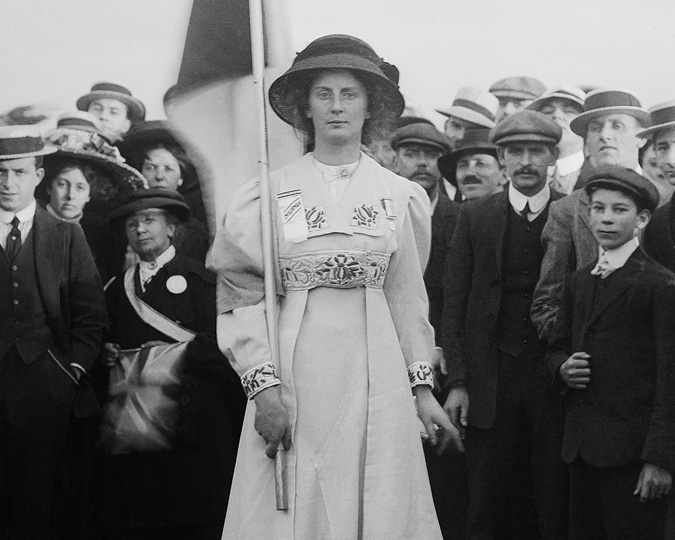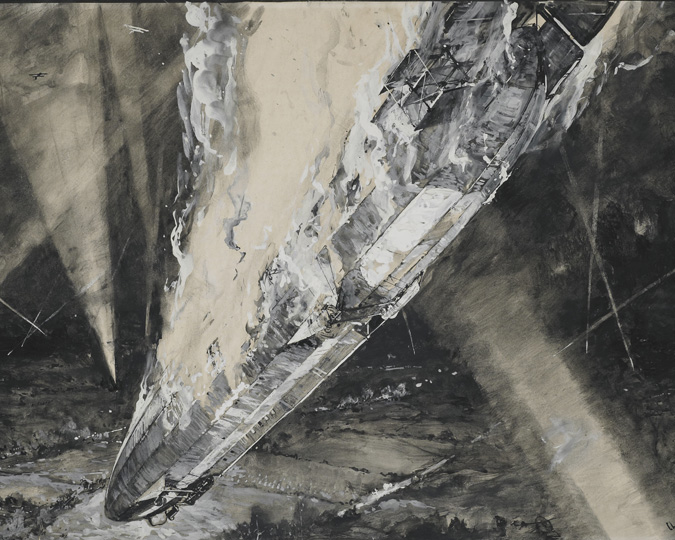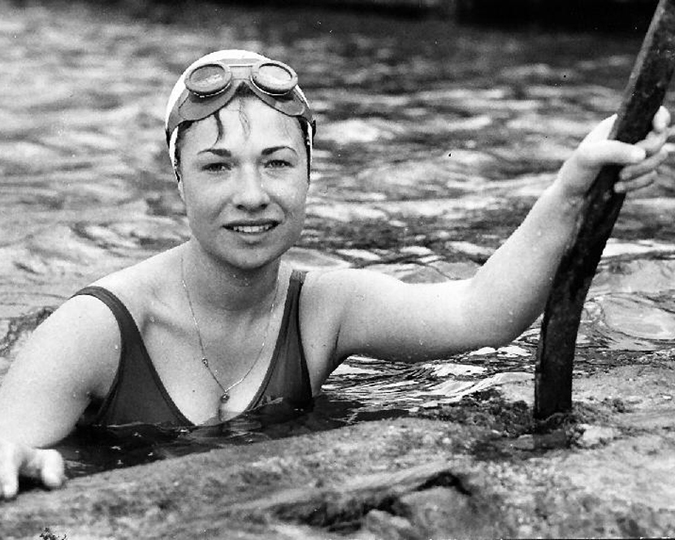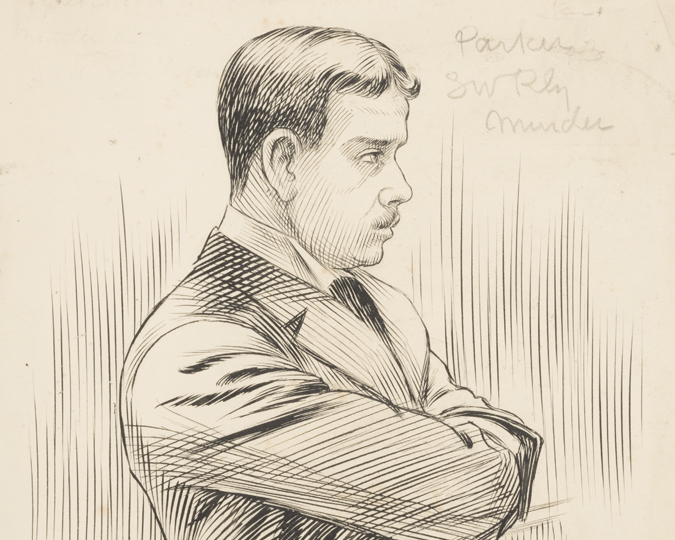In 1903, Christina Broom – Mrs Albert Broom, to use her professional name – propelled herself into the field of photography as a business venture to support her family. Rising from self-taught novice to a semi-official photographer for the Household Brigade, she emerged as a pioneer for women press photographers in the UK.
Active in the Edwardian period through to the eve of the Second World War, Broom observed seismic changes in society. Among her photographs she recorded arresting images of suffrage activity, leading topical sports and royal occasions, and poignant, insightful pictures of soldiers over the course of the First World War. Broom’s photography is immersed in an era of grandeur and tradition yet it also conveys and acknowledges change. Indeed, she finds herself perfectly placed to record extraordinary moments in London. This video explores more about the collection:
For many years the Museum of London has cared for 306 half-plate glass negatives made by Broom. These plates reveal topographical London views and events, and were donated to the museum by Broom’s daughter Winifred. Winnie had herself been her mother’s sole assistant, producing many thousands of prints from the negatives, mainly as post cards, for the business. She was extremely devoted, both to the work and to her mother.
As Broom found herself with crippling back pain at times, her daughter would push her to the barracks or the Royal Mews in her wheelchair, so that she was still able to use her camera. Winnie was also a VAD nurse during the First World War and although unable to pursue the photography business alone into the Second World War, she remained committed to the work that had been achieved, making it her objective to ensure that the existing negatives were preserved and that her mother received due credit.
In 2013, the Museum of London acquired the remaining prints that had belonged to Winnie and, while in private hands, had been supplemented by further original postcards from the open market. The acquisition, consisting largely of photographic postcard prints, enlargements, ephemera and correspondence, has enabled this story to be most effectively brought together and told.
The chance to look more closely at Broom herself, the enormous contribution of Winifred and the breadth of the photographs as a whole has allowed them to be viewed afresh. These photographs serve to enhance London’s visual photographic history in ways that go far beyond their original purpose
Love photography? Subscribe to our photography newsletter to read more stories from our collections, and find out about upcoming events and exhibitions.











